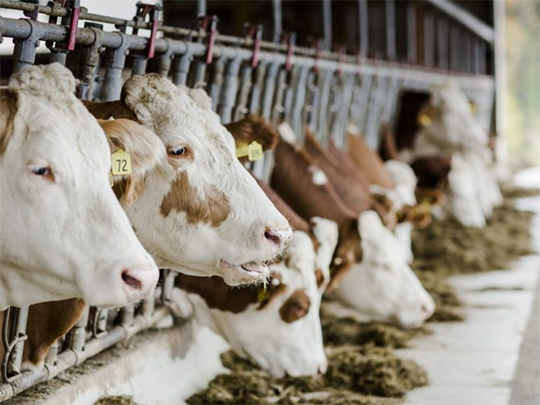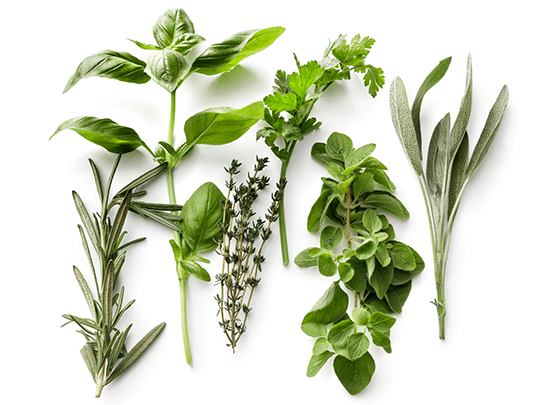Boosting nutrient digestibility in ruminants with phytogenics
When it comes to dairy production, optimization strategies are needed to meet the growing global demand.Do you know about the 5 ways phytogenics can improve digestibility in ruminants and thus increase feed efficiency?

In recent years, the consumption of dairy products alone has increased by more than 2.5 % per year globally.
A tough growth, and dairy producers are rethinking optimization strategies. Among others: How to use the power of phytogenic feed additives? Tremendous research shows: Phytogenic feed additives can boost nutrient digestibility in ruminants. And in turn, positively influence feed efficiency.
“Increasing digestibility means using available feed more efficiently and completely exploiting the nutritional potential (energy and proteins) of raw materials. In this way, the feed costs can be reduced and margins can be enhanced.“

5 ways, how to increase nutrient digestibility in ruminants with phytogenics:
- Increasing the saliva production with a best urea, buffer and phosphorus recycling in the rumen
- Modulating the rumen flora, to optimize the fermentations and to increase the microbial efficiency
- Maintaining a good rumen environment (e.g. pH, NH3, lactic acid … ), which is suitable for the degradation of the feed by the microflora. For example, we can slow the starch degradation to reduce the risk of acidosis.
- Bypassing the rumen to improve the metabolized protein or the starch
- Increasing small intestine digestibility of starch, protein and fat
Let's explore!

Katharina Mayrhuber
Katharina loves to learn, discover and tell feed and food stories globally - using Social Media, visual communications and media relations. She is currently not working actively at Delacon.










